Plan everything but how to pay for it all
Earlier this year, we had a meeting at Strong Towns where I presented a 2017 budget to our Board of Directors. We spent considerable time going over it, scrutinizing our work plan for the year, how it related to our Strategic Plan and how sound our revenue projections were. There was some anxiety in the room as we are projected to run a deficit in the first half of the year (something you can help with today by becoming a member), although, if all goes well, we make up the deficit in the second half the year (again, thanks to our members).
Imagine, however, if the budget I presented didn't balance but instead went something like this:
Projected Program Expenses: $760,000
Projected Revenue (All Sources): $390,000
Funding Gap: $370,000 (49%)
As if that weren't bizarre enough -- note that our board would never tolerate something like that -- imagine that, instead of dwelling on the fact that we only have half of the revenue we say we plan to spend, I spend the overwhelming majority of the meeting focusing on our plans and programs; all those things we are planning to do with the money we don't have. In my presentation to the board, and in their follow up discussion, I only give the briefest mention of our massive funding gap.
If this actually occurred, I should be fired, Strong Towns should be closed down and all of our members would have a right to feel violated by our organization's incompetence. Fortunately, we operate in the real world. Strong Towns is fiscally prudent and we have a board that takes their fiduciary responsibilities seriously.
Sadly, the same can't be said about the Omaha-Council Bluffs Metropolitan Area Planning Agency (MAPA) and the 24 voting members of their Transportation Technical Advisory Committee (TTAC). After I spoke there last month, I was able to obtain the Metro Area Travel Improvement Study presentation that the TTAC received on the day of my visit. It was on the lips of some of those who later attended my presentation. My thoughts are a sharp contrast to what they had heard earlier in the day.
Below are the first twelve slides in the TTAC presentation. Notice how the objectives (Slide 5) are all non-fiscal -- mobility, accessibility, equity, environmental, safety -- as if these desired outcomes supersede any mere financial constraint. I found the chart on Slide 10 to be particularly humorous. I can imagine the bureaucratic dialog that brought that about.... Let's model all roads and no transit and then let's model all transit and no roads and then let's model all of both. How rigorous (not), but guess what? Slide 11 tells us that "Strategy Package 7" will have a "Lower Overall Cost" than if Omaha's transportation planners got to do everything they envisioned. Talk about savings!
On the twelfth slide, we get a preview -- in standard engineering font -- of the fact that there are costs and revenues associated with implementing all these great plans. Then, on Slide 13, we get the tragic news: None of this is remotely possible because we only have half the money we need. Sorry everyone for wasting your time.
The rest of the presentation is a re-evaluation of what is actually possible given the available funding, the difficult tradeoffs that entails and a detailed analysis of what the Omaha-Council Bluffs Metropolitan Area Planning Agency must do in order to meet it's objectives given funding constraints.
Just kidding. The remaining 18 slides in the presentation detail the awesome stuff MAPA is going to do, despite not having the money to do it. I've included those slides in the carousel below. Just sit and watch this for a while and think about the massive effort that has gone into planning for projects, alternatives and improvements that will never happen. That have no chance of happening. All the public meetings. All the surveys. All the mapping and engineering. All the preliminary design. What a massive amount of effort and for what?









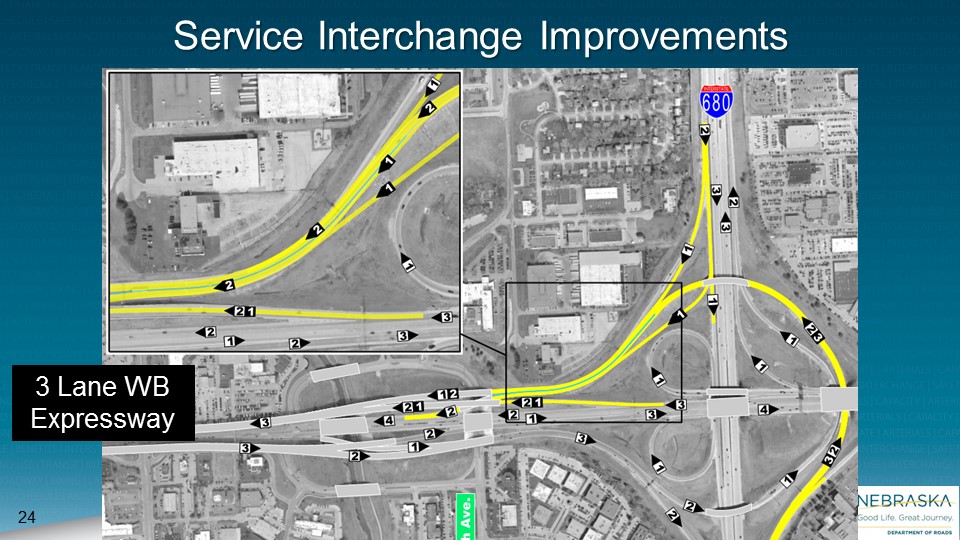
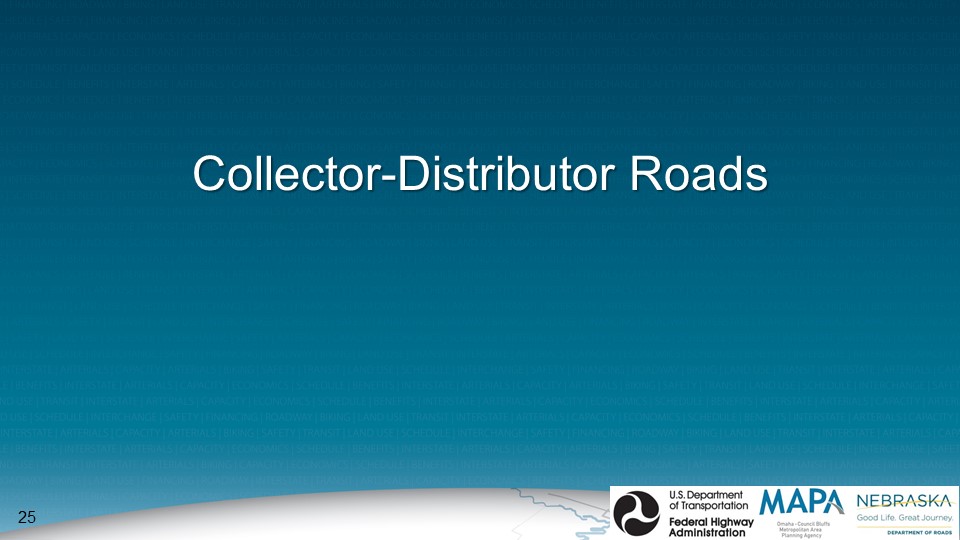
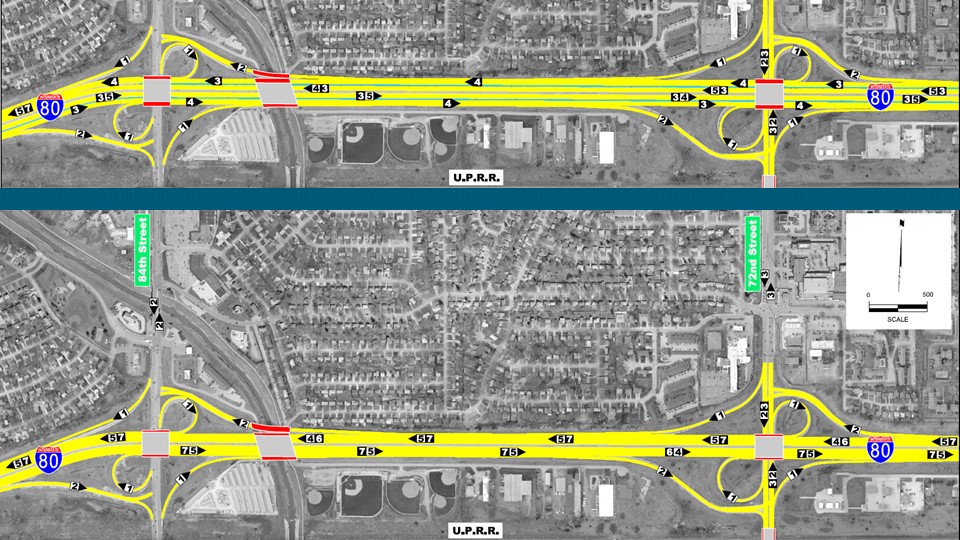
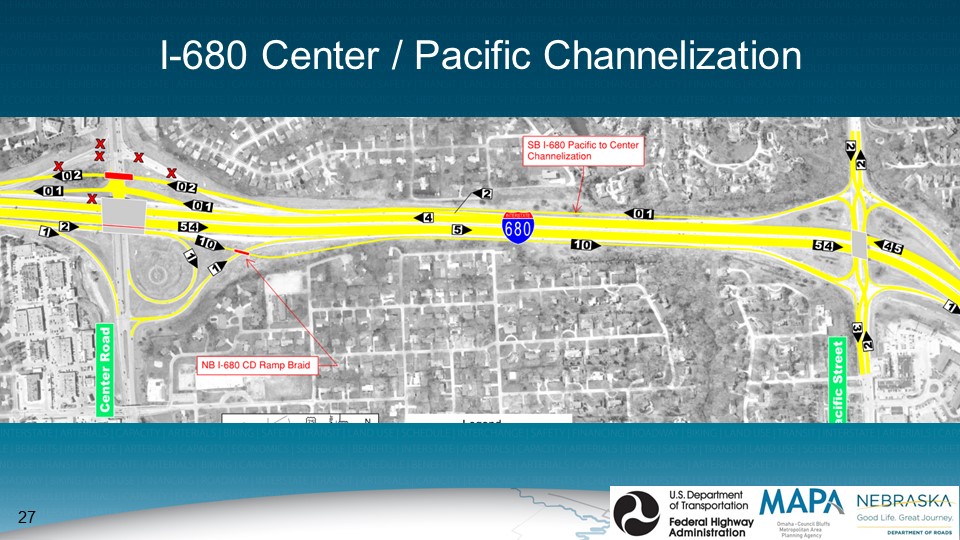
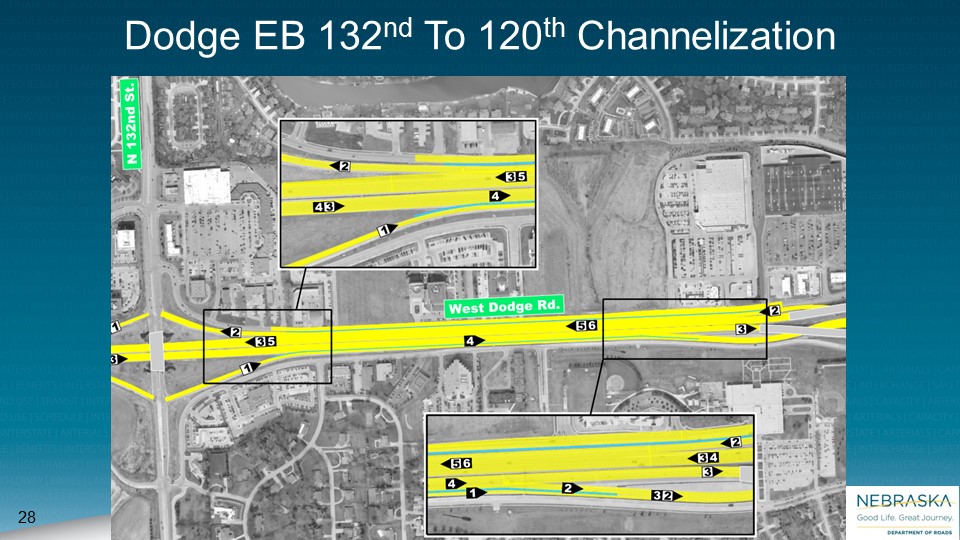
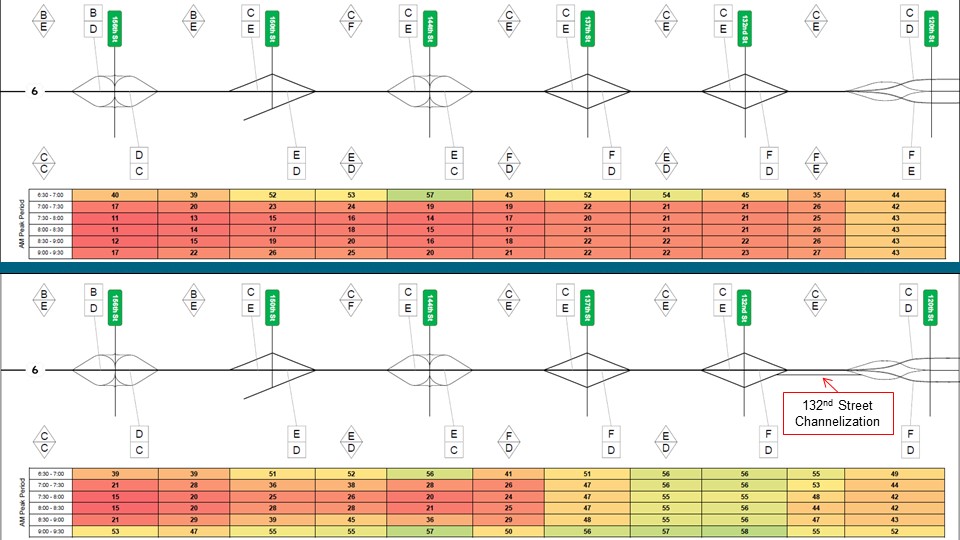
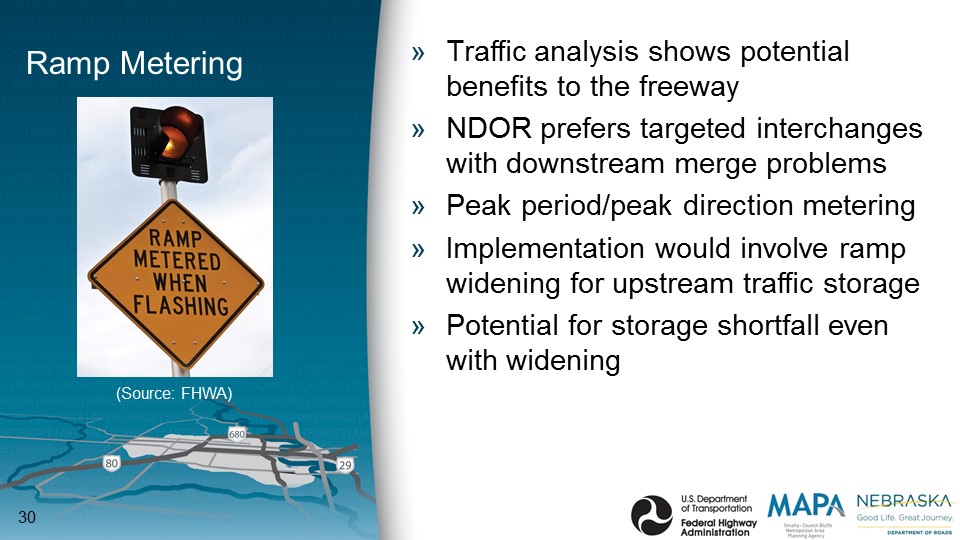
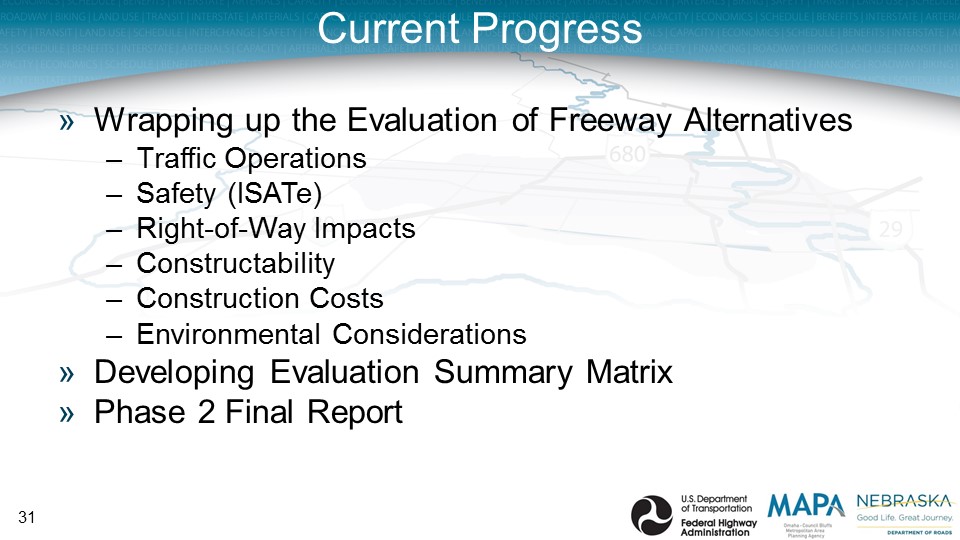
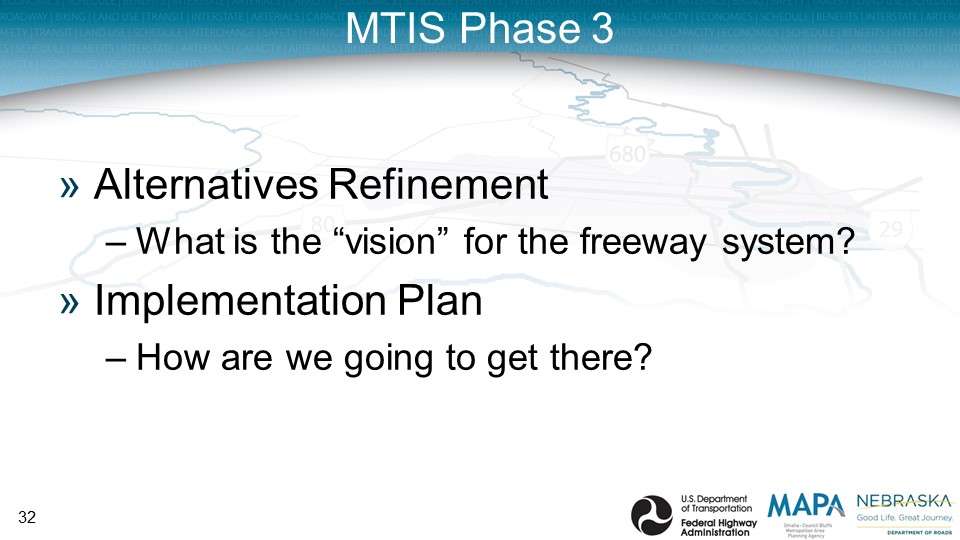
This would be comical if it weren't so commonplace. We highlight the Omaha-Council Bluffs MAPA because I became aware of this ridiculous presentation, but understand that this is the same kind of rigor you'll find in transportation planning agencies all over the country. That's not funny; it's infuriating.
The $3.7 billion gap the TTAC cavalierly acknowledges amounts to $7,300 per resident of Omaha and Council Bluffs. A family of four is expected to come up with $30,700 of the budget already and now, if all these plans are to become reality, that family is expected to spend another $29,000 filling the financial gap. Is this even possible? Does anyone even care?
These are important questions not because money is the end-all-be-all. It's not that government is necessarily wasteful or bloated or that taxes are too high or too low. Discerning whether or not these plans are even possible is critically important because, when we ignore them, we don't honestly discuss the tradeoffs inherent in our approach. We pretend we can have it all and we end up with outcomes far below what they should be.
Click to view larger
Go back to Slide 5 with the performance objectives. Look at it again, but this time, realize Omaha has half the money its transportation planners pretend they have. With a limited budget, what is the best way to:
- Reduce travel delays while improving transit access?
- Provide access to jobs for the disadvantaged while improving air quality?
- Reduce fatalities and serious crashes while increasing system reliability?
With limited funds -- when we finally realize we can't just engineer our way through every problem with brute force -- we discover a whole other world exists. In this world -- what non-transportation planners call the "real world" -- there is more than just traffic throughput, speed and access. There is the vast complexity of humanity -- the broad range of alternatives --that constitute a city.
We can improve safety by lowering speeds. We can improve air quality by making our neighborhoods more walkable and bikable. We can address environmental justice issues by switching our investments from highways on the edge of town to neighborhood improvements. We can create jobs, and broadly build wealth in our community, by making neighborhood commercial viable again. We can improve our financial health by making the city a place to be and not simply a place to drive through. Dealing with financial reality gets us to a better conversation.
These are all nuanced approaches that will never be seen through the myopic prism of transportation planning. The outcomes we see in Omaha and other cities around the country are the direct result of the centralization of transportation funding and its distribution through the MPO system. This approach has distorted our local conversations to the point where basic math -- $7.6 billion is greater than $3.9 billion -- can be ignored. It's not healthy and it needs to end.
The incentive local governments have is to make their infrastructure funding gap appear so large that federal and state policymakers will have no choice but to provide more money. This is why, in a presentation like this, nobody dwells on the finance slide, the one showing a devastating shortfall in funding. A normal response to that slide would be panic, but transportation funding is not normal.
Cities need to be given the responsibility -- and the ability -- to fund their own local transportation improvements. As tough as that transition may be, it is the only way we are going to have the conversations, and decisions, needed to build a nation of strong towns.














Charles Marohn (known as “Chuck” to friends and colleagues) is the founder and president of Strong Towns and the bestselling author of “Escaping the Housing Trap: The Strong Towns Response to the Housing Crisis.” With decades of experience as a land use planner and civil engineer, Marohn is on a mission to help cities and towns become stronger and more prosperous. He spreads the Strong Towns message through in-person presentations, the Strong Towns Podcast, and his books and articles. In recognition of his efforts and impact, Planetizen named him one of the 15 Most Influential Urbanists of all time in 2017 and 2023.